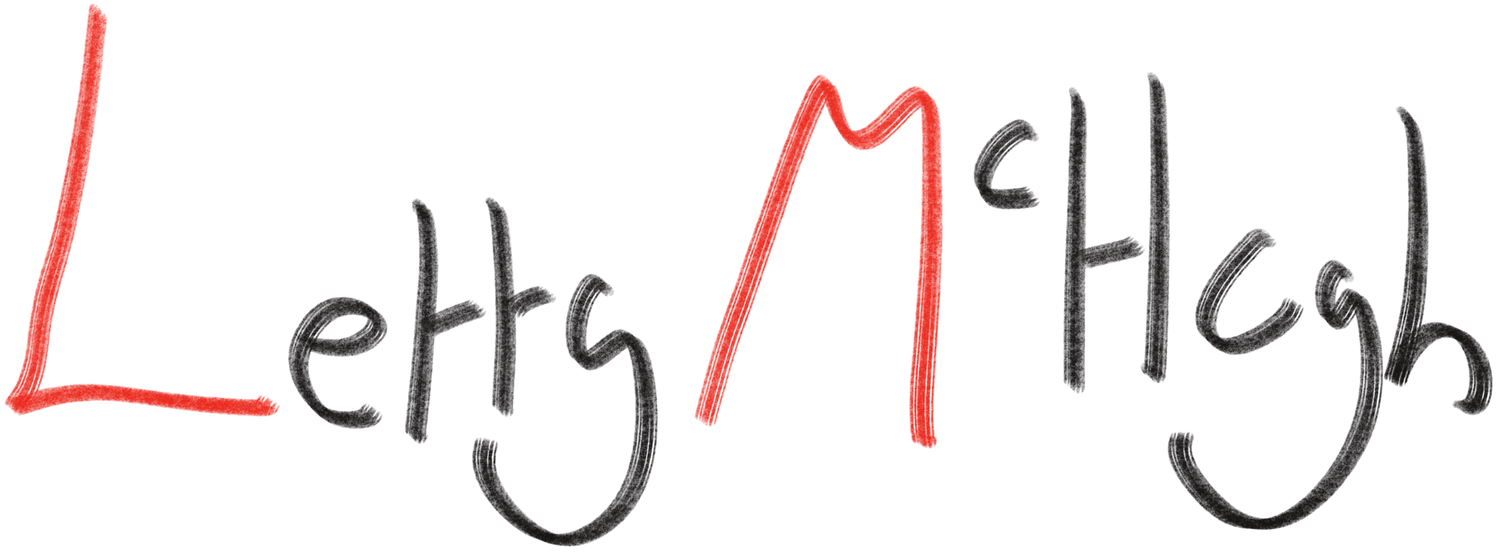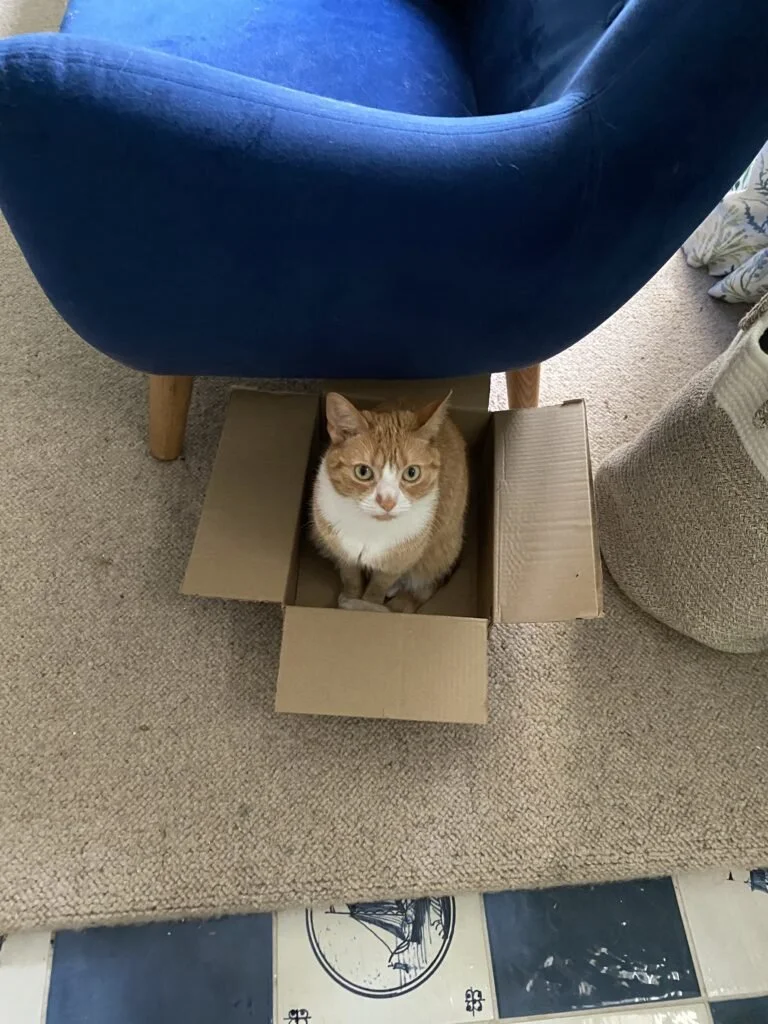Access A La Carte - Blog Post | November 30th, 2022
I’ve been trying to write an access rider. It isn’t going well. People keep telling me I need one. Mentors, disabled friends, organisations I work with, activists writing very well-reasoned essays about the future of the creative industry. When I beg my hooligan cat, not to run up the curtains when I have a migraine and let the light in. She says “well if you’d already written an access rider, I could implement that and you wouldn’t keep having to repeat yourself.” I’m on board in theory. I agree with the idea. In practice, access riders aren’t very practical for me.
The problem with access riders, as they currently exist, is that they assume I am a finished article. That I have straightforward easy to articulate needs. I live with a very changeable chronic illness. My needs are ethereal and ridiculous, impossible to get hold of. I just don’t always know what they’ll be or when they’ll strike. Trying to pin down my access needs is like trying to get my hooligan cat in her cat carrier when she’s already halfway up the curtain. It’s hard to go to an organisation and say, ‘This June, in the heatwave my left arm forgot how to use appropriate force when touching my face and I gave myself a black eye and a split lip. I don’t know if this will ever happen again or how on earth you would be able to help me if it did, but I felt like I should mention it’.
That’s the other problem of course. The idea that even when I do face barriers that are predictable and consistent, I’ll have a ready-made solution for them, which I often don’t. Months will go by where the only solution I have to my nebulous problem of a body is a question mark. It just seems weird to me, we know that disabled people aren’t handed a book of cheat codes for our broken bodies at diagnosis. Most of us are working this out on our own as we go. There’s something about access riders that are so, ‘the social model tells us that it’s the barriers created by a society that disable you, but it’s still your personal responsibility to pop what you’ll be needing to overcome those societal barriers on a nice, itemised list please and thank you. What’s that? You face barriers making the list? Well, you’ll need to put that on the list and submit the list before we can help you with the list.’
The solutions I do have feel too jury-rigged and temporary for an itemised list. Everything I’ve found that has actually helped me, it’s been so hard won. Rarely suggested clearly in a Doctor’s office, more often found murkily, after hours and hours on google, over months and months of pain and desperation trying anything, anything to make this better. I usually find it on twitter, or deep in some comment thread, where some other disabled person is saying ‘I don’t know why, but I tried this combination of things and it seemed to help’. So you try it, and sometimes it helps. And when It doesn’t help, you keep looking and you try something else. I don’t know how to write that down, on one easy-to-understand document. Disabled people are explorers in uncharted territories making our own maps as we go. Access riders want us to drop a pin on google maps.
I’ll stop putting holes in the blackout lining of this curtain the second I receive the appropriate paperwork
An access rider depends on a disabled artist being able to clearly identify their problems, come armed with neat solutions to those problems, and have the confidence to ask for that thing, with no insight into an organisation’s budget or capacity. That’s so much pressure.
Before the world blew up I went to a workshop about communicating your access needs and was advised to think of an access rider as the opportunity to tell an organisation what reasonable adjustments I need to do my best work. That’s such a lovely idea. But in reality, even without all the complications, I’ve already talked about, how am I meant to magically know what an organisation will consider a reasonable adjustment?
I just sometimes feel, especially in the Disability Arts, that organisations could be doing more to help us out. They always have access (pun intended) to something I don’t, every other disabled artist they’ve worked with, and the solutions they came up with for their barriers. They know how big their access budget is, and how much time their staff has to offer the artists they work with. They could be compiling this information surely, in a way that would allow them to occasionally make a helpful suggestion. “We’ve worked with dyslexic artists before and they found it helpful when we sent a quick summary of agreed tasks after meetings, is that something you’d like to try?”
The thing I really want is a menu. I do not go into a restaurant with a list of foods I do and don’t like and ask the chef what they can reasonably make within their budget. I am not a charter guest on the hit reality franchise Below Deck. When I go out to eat I choose from a menu. The Chef is more experienced than me, they have worked with many other diners, and they know what is possible in their own kitchen, they can put together delightful and helpful combinations that would never have occurred to me. Something might not be exactly to my tastes but I can make tweaks for myself, the menu allows me to say gammon and chips, no egg, extra pineapple, please. It’s much more productive than starting a conversation by saying ‘what can you make me that doesn’t include a fried egg? Because I really have a problem with eggs.’
There would be less pressure I think, on individual disabled people if we could turn up to an organisation with a rider menu, and those rider documents could exist to facilitate a collaboration, where I want to be in a room, and you want me to be in the room, and we are going to figure out together how to make that happen.
I’m looking for your paperwork in my in-tray but all I see here is my tail


